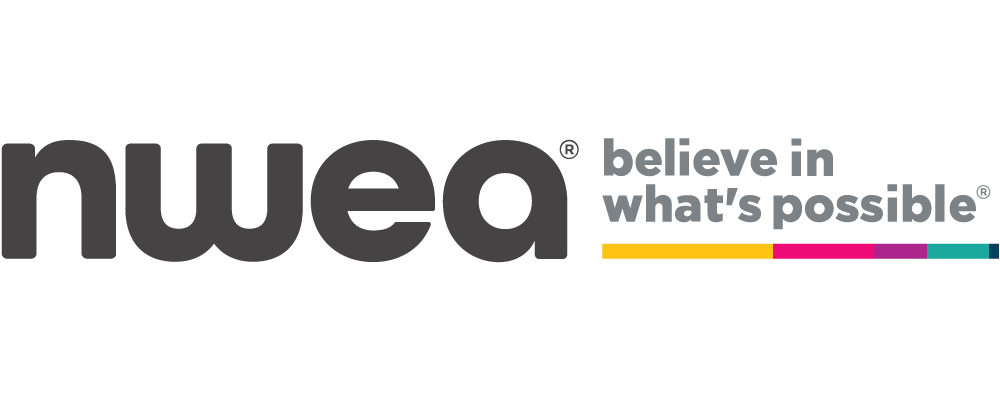
The following blog was contributed by Chase Nordengren, the principal research lead for the professional learning team at NWEA.
The results of assessment, whether you’re using formative assessment strategies or an interim assessment like MAP® Growth™, can empower teachers and school leaders to inform instructional decisions.
To ensure that your instruction promotes equity and empowers students, you need to assess students well—and that means making the best use of the processes, tools, and information that assessments provide to accurately and fairly understand where students are in their learning. But first, you must ask yourself what your goal is.
Why are you assessing?
The first thing to do before assessing students is ask yourself: What am I hoping to accomplish? Here are examples of some of the questions that assessments can help answer:
- As a teacher, how can I adjust my instruction to meet students’ needs? How will I know what kind of progress they’re making?
- As a school principal, how can I ensure that our students are tracking toward key milestones? How can I offer the best professional development to support teachers?
- As a district administrator, how can I evaluate our district’s programs for improvement planning? What’s working best, and what should we stop doing?
- As a family member, how do I know my child is receiving instruction that will extend their current knowledge and skills?
- As a student, how does my learning connect with my goals?
What to do with assessment data
Once you know your purpose, you’re ready to assess. Assessments that deliver real-time data can be immediately acted upon, providing invaluable opportunities for teachers and school leaders.
Here are some examples of what educators can do with actionable assessment information:
- Differentiate instruction by student readiness
Sound interim assessment data lets teachers know exactly where each student is compared to their classmates and peers nationwide. It allows a teacher to meet students within their zone of proximal development (ZPD)—the optimal spot, just beyond their current level of independent capability, where instruction is most beneficial for each student.
MAP Growth uses a grade-independent RIT score that measures academic growth, much like a yardstick might measure physical growth. Starting from this score, teachers can begin providing tailored instruction to meet student needs. They can then use ongoing formative assessment strategies to update their understanding of student knowledge over time.
Read the rest of this article on the NWEA blog. Call us at 1-866-654-3246 to learn about how we support educators. And visit the NWEA blog, Teach. Learn. Grow., at nwea.org/blog.
